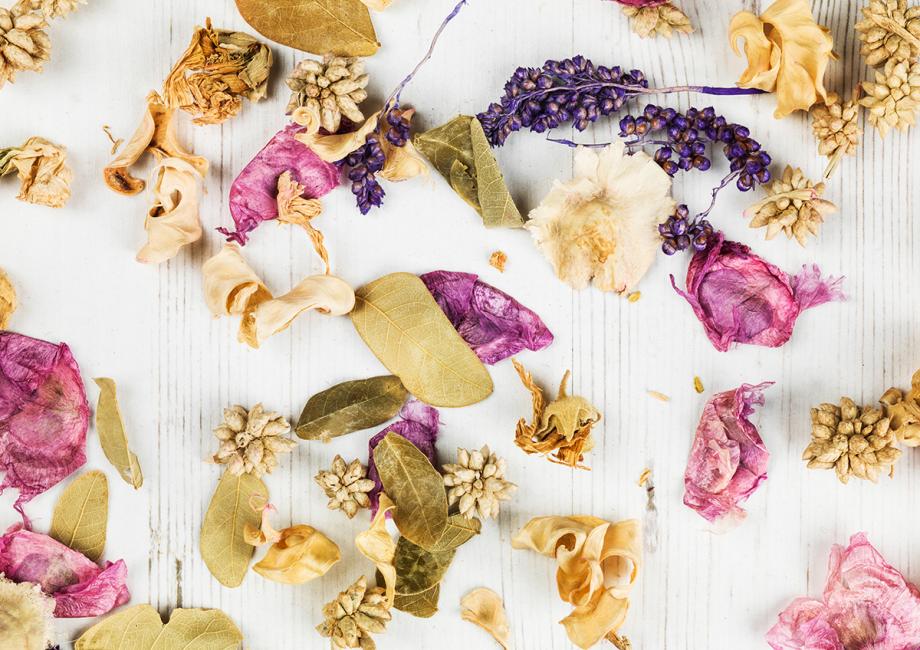
The inside scoop on the art and science behind air fresheners
Ever wonder how the smell of the Pacific Islands gets packed inside an aerosol can or how the fresh botanical scent of lavender gets into a plug-in?
A carefully selected set of ingredients designed to stimulate your sense of smell and mood are a big part of the answer.
Humans are hard-wired to connect scent with memories and emotion because they are processed in the same place in the brain . That’s why great care is taken to create scented air fresheners that promote relaxation, alleviate stress, and trigger nostalgia among many other benefits.
Developing air fresheners requires both art and science. The artistic aspect focuses on combining flower, fruits, plants and other natural scents in creative and pleasant ways. The science focuses on replicating those scents in a lab and balancing them with other safe ingredients that trap, neutralize and eliminate odors.
The concentrated fragrances created for air fresheners are identical to those you’d find in nature and are often divided into four categories: aldehydes that smell sweet when combined with water; green and floral fragrances that smell like cut grass or roses; herbal-spice fragrances that mimic the scents of sage, cinnamon and cedar; and heavier oriental fragrances that smell like bitter orange, lemon and patchouli.
Once a mood-elevating synthetic match to a natural fragrance has been achieved, the fragrance is mixed with odor trappers, neutralizers, and eliminators. Cyclodextrin, a starch molecule made from corn, is a popular donut-shaped odor trapper. Odor molecules are pulled into the donut hole and locked away to eliminate the odor. Odor neutralizers, like citric acid, commonly found in lemons, change an odor molecule’s pH closer to that of water, which help eliminate the smell. These ingredients, combined with synthetic scents, changes how our brain perceives odors and other smells in the air.
Air fresheners are subject to intense regulatory and safety standards to ensure they do not contain phthalates or formaldehyde, and when used as directed they are safe for families, pets and the environment.
References
- Farah L. Amhmed, President and CEO, Fragrance Creators Association. Dr. Rachel Herz, Department of Psychiatry & Human Behavior, Brown University. The Many Benefits of Frangrance .
- ( 2006 ). Air Fresheners . How Products Are Made . Retrieved from http://www.madehow.com/Volume-6/Air-Freshener.html



